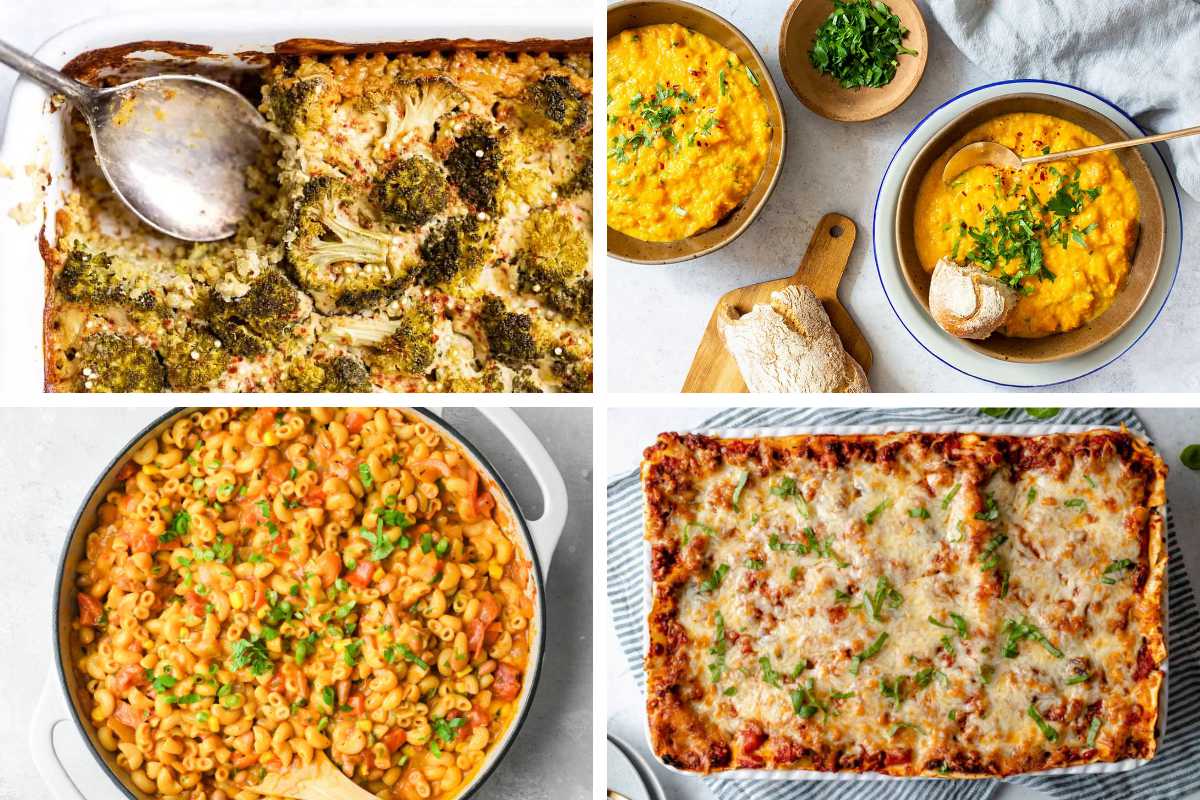

Articles
How To Make Freezer Meals
Modified: September 1, 2024
Learn how to make delicious freezer meals with our collection of informative articles. Save time and enjoy convenient, homemade meals whenever you need them.
(Many of the links in this article redirect to a specific reviewed product. Your purchase of these products through affiliate links helps to generate commission for Storables.com, at no extra cost. Learn more)
Introduction
Welcome to the world of freezer meals! If you’re someone who is constantly struggling with meal planning or finding yourself pressed for time when it comes to cooking, then freezer meals can be a game-changer for you. In this article, we will explore what freezer meals are, the benefits they offer, and how to plan and prepare them effectively.
So, what exactly are freezer meals? Simply put, freezer meals are pre-prepared meals that are stored in the freezer for future consumption. They are typically made in bulk, allowing you to save time and effort on busy days when you don’t have the luxury of preparing a fresh meal from scratch. Freezer meals can be a lifesaver for busy individuals, working parents, or anyone who wants to ensure a steady supply of delicious and homemade food at their fingertips.
Now, let’s dive into the benefits that freezer meals provide. One of the most significant advantages is the convenience they offer. By dedicating a specific time to batch cook and freeze meals, you can save yourself the headache of daily meal planning and cooking. With freezer meals, all you need to do is grab a pre-prepared dish from the freezer, heat it up, and enjoy a homemade meal in minutes.
Another advantage of freezer meals is their cost-effectiveness. When you buy ingredients in bulk and prepare multiple meals at once, you can take advantage of sales and discounts, ultimately saving money in the long run. Additionally, having freezer meals on hand can help reduce food waste, as you can store leftovers or unused ingredients in pre-portioned containers.
Planning and preparing freezer meals requires some upfront effort, but the time and energy you save in the long run make it all worthwhile. The key to successful freezer meal preparation lies in choosing the right recipes, gathering the necessary ingredients and supplies, and organizing your meal assembly process effectively. In the following sections, we will walk you through these steps and provide tips and best practices for freezer meal success.
So, get ready to streamline your mealtime routine and enjoy the benefits of having delicious, homemade meals waiting for you in the freezer. Let’s dig in and explore the world of freezer meal preparation!
Key Takeaways:
- Freezer meals offer convenience, cost-effectiveness, and customizable options for busy individuals and families. With proper planning and organization, enjoy delicious homemade meals without the daily cooking hassle.
- By labeling, dating, and following proper thawing and cooking methods, freezer meals provide a convenient and safe way to enjoy homemade dishes at your convenience. Embrace the time-saving and customizable nature of freezer meals.
Read more: How To Make A Walk In Freezer
What are Freezer Meals?
Freezer meals are a convenient and time-saving option for busy individuals and families. They are pre-prepared meals that are made in advance and stored in the freezer for later consumption. These meals can include a wide range of dishes, such as casseroles, soups, stews, pasta bakes, and more.
The concept of freezer meals is simple. Instead of cooking a meal from scratch every day, you dedicate a specific time, usually a few hours, to prepare multiple meals at once. These meals are then portioned and stored in freezer-safe containers or bags for later use. When you’re ready to eat, all you need to do is thaw and heat up the meal, and you’ll have a delicious and homemade dish ready in no time.
One of the main advantages of freezer meals is the convenience they offer. Whether you have a busy work schedule, a hectic family life, or simply lack the motivation to cook every day, freezer meals can be a lifesaver. They help you save time and reduce the stress that comes with meal planning and preparation.
Furthermore, freezer meals allow you to have greater control over your diet. By preparing your meals in advance, you can choose healthier ingredients, control portion sizes, and avoid relying on processed or takeout food. This makes freezer meals an excellent option for those who are looking to maintain a balanced and nutritious diet.
Freezer meals are also a great way to save money. By buying ingredients in bulk and preparing meals in large quantities, you can take advantage of sales and discounts. This can significantly cut down on your grocery expenses and help you stick to your budget. Additionally, freezer meals can help minimize food waste, as you can use up any leftovers or unused ingredients in your recipes.
Another benefit of freezer meals is their versatility. You can customize your meals according to your preferences and dietary needs. Whether you follow a vegetarian, gluten-free, or dairy-free diet, there are plenty of freezer meal options available to suit your requirements.
Overall, freezer meals provide a convenient, cost-effective, and customizable solution for individuals and families seeking a stress-free approach to mealtime. They simplify the cooking process, allowing you to enjoy homemade meals without the hassle of daily meal planning and preparation.
Now that we understand what freezer meals are and the benefits they offer, let’s move on to the next step: planning and preparing your freezer meals.
Benefits of Freezer Meals
Freezer meals offer a range of benefits that make them a popular choice for people with busy lifestyles or those who simply want to simplify their mealtime routine. Let’s explore some of the key advantages of incorporating freezer meals into your cooking habits.
1. Time-saving: One of the most significant benefits of freezer meals is the time they save. By preparing meals in advance and storing them in the freezer, you can eliminate the need for daily meal planning and cooking. With freezer meals, you can have a hot and homemade meal ready in minutes, even on the busiest of days.
2. Convenience: Freezer meals offer a high level of convenience. They are pre-prepared and ready to heat and serve whenever you need them. Whether it’s a quick lunch on the go or a family dinner after a long day, freezer meals provide a hassle-free solution that ensures you always have a delicious and nutritious meal within reach.
3. Cost-effective: Freezer meals can help you save money in several ways. By buying ingredients in bulk and utilizing sales and discounts, you can reduce your grocery expenses. Additionally, freezer meals allow you to minimize food waste by using up leftovers or extra ingredients in your recipes. This can lead to significant savings over time.
4. Healthier eating: With freezer meals, you have more control over the ingredients you use. This means you can choose healthier options and control portion sizes, making it easier to maintain a balanced and nutritious diet. By preparing your meals in advance, you can avoid relying on processed or takeout food, which often lacks the nutritional value of homemade meals.
5. Flexibility and variety: Freezer meals offer endless possibilities when it comes to recipe choices. You can prepare a variety of dishes, from comforting casseroles to flavorful soups and stews. Freezer meals also provide flexibility for dietary restrictions and preferences. Whether you’re a vegetarian, following a gluten-free diet, or have specific allergies, there are freezer meal options available to suit your needs.
6. Reduced stress and meal planning: Planning and preparing meals can sometimes be overwhelming. Freezer meals eliminate the stress of daily meal planning and cooking, freeing up your time and mental energy for other important tasks. Having a stash of freezer meals means you always have a backup plan and can avoid the last-minute panic of figuring out what to cook for dinner.
7. Portion control: Freezer meals allow you to portion your meals in advance, ensuring you have the right amount of food for each serving. This can be especially helpful for individuals or families who struggle with portion control or are looking to manage their calorie intake.
8. Easy customization: Another advantage of freezer meals is the ability to customize recipes according to your preferences and dietary needs. Whether you want to add extra vegetables, swap ingredients, or adjust the seasoning, freezer meals provide the flexibility to tailor the recipes to your liking.
With all these benefits, it’s no wonder that freezer meals have become a popular choice for busy individuals and families. By incorporating freezer meals into your routine, you can simplify your meal planning, save time and money, and have delicious and nutritious meals at your fingertips whenever you need them.
Now that we understand the advantages of freezer meals, let’s explore the steps involved in planning and preparing them effectively.
Planning and Preparing Freezer Meals
Planning and preparing freezer meals requires some upfront effort, but the benefits make it well worth the time. By following a few simple steps, you can streamline the process and ensure a successful freezer meal experience. Let’s take a look at the key elements involved in planning and preparing freezer meals.
1. Choose the Right Recipes: Start by selecting freezer-friendly recipes that will withstand freezing and reheating without sacrificing taste or texture. Look for recipes that include ingredients that freeze well, such as soups, stews, casseroles, pasta bakes, and meatballs. Consider the dietary preferences and restrictions of your household when choosing recipes to ensure everyone will enjoy the meals.
2. Make a Meal Plan: Create a meal plan for the week or month, depending on your needs and freezer space. This will help you organize your shopping list and ensure you have a variety of meals to choose from. Take into account any upcoming events or special occasions that may require specific dishes.
3. Compile Ingredients and Supplies: Once you have your meal plan, compile a comprehensive list of ingredients needed for your chosen recipes. Check your pantry and fridge for items you already have, and make note of what you need to purchase. Additionally, gather the necessary supplies, such as freezer-safe containers or bags, labels, and permanent markers.
4. Set Aside Time for Prep: Dedicate a specific block of time to prepare the meals. This can be done on a weekend or a day when you have some extra time available. Clear your schedule and create a calm and organized environment in your kitchen.
5. Prep and Organize Ingredients: Before you begin assembling the meals, start by prepping and organizing the ingredients. Chop vegetables, pre-cook meat, and prepare any sauces or marinades ahead of time. This will save you time and minimize the mess when it comes to assembling the meals later.
6. Assemble the Freezer Meals: Follow the recipes and guidelines you’ve chosen to assemble the freezer meals. Layer the ingredients in the appropriate containers, keeping in mind proper portion sizes and leaving enough space for expansion during freezing. Label each container with the recipe name and date of preparation for easy identification later.
7. Proper Storage Methods: Ensure you use proper storage methods to maintain the quality and freshness of the freezer meals. Use freezer-safe containers or bags that are airtight and resistant to freezer burn. Remove as much air as possible from the containers to minimize freezer burn. Place similar items together in the freezer to help with organization and easy retrieval.
8. Label and Date the Meals: Label each freezer meal with the name of the dish and the date it was prepared. This will help you keep track of the meals and ensure you rotate them properly to avoid any food waste. Use permanent markers or freezer-safe labels to ensure the information remains intact during freezing and thawing.
9. Thawing and Cooking Freezer Meals: When it’s time to enjoy a freezer meal, ensure you thaw it properly before cooking. The safest method is to transfer the meal from the freezer to the refrigerator the night before to thaw slowly. Alternatively, you can thaw in the microwave or using cold water, depending on the meal’s size and cooking instructions. Cook the meal according to the recipe’s instructions, adjusting cooking time if necessary.
10. Best Practices and Tips for Freezer Meal Success: Here are some additional tips to ensure freezer meal success:
- Freeze meals in single or family-sized portions, depending on your needs.
- Include cooking instructions on the label, such as oven temperature and cooking time.
- Write down any additional ingredients or side dishes needed to complete the meal.
With these steps and tips in mind, you’re well on your way to planning and preparing freezer meals that will simplify your life and provide delicious and nutritious meals whenever you need them. So, roll up your sleeves, stock up your freezer, and enjoy the benefits of freezer meal preparation!
Choosing the Right Recipes
When it comes to freezer meals, choosing the right recipes is crucial for successful meal preparation and enjoyable eating experiences. Not all dishes are suitable for freezing and reheating, so it’s important to select recipes that will withstand the freezing process without compromising taste, texture, or quality. Here are some considerations to keep in mind when choosing the right recipes for your freezer meals.
1. Freezer-friendly Ingredients: Look for recipes that contain ingredients that freeze well. Certain foods retain their taste and texture better after being frozen, while others may become mushy or lose their flavor. Ingredients such as grains, pasta, root vegetables, lean meats, poultry, beans, and sturdy vegetables like carrots and peas generally freeze well. Delicate ingredients like leafy greens or dairy-based sauces may not fare as well in the freezer.
2. One-pot and Casserole Meals: One-pot meals or casseroles are excellent options for freezer meals because they combine multiple ingredients and flavors in one dish. These types of meals are easy to assemble and reheat, allowing you to have a complete and satisfying meal in one go. Examples include lasagna, chili, curry, shepherd’s pie, and baked pasta dishes.
3. Soups and Stews: Soups and stews are classic freezer meal choices. They are versatile, comforting, and often taste even better after being frozen and reheated. Prepare hearty vegetable soups, chicken noodle soups, minestrone, chili, or beef stew. Allow the soup or stew to cool before portioning it into containers or freezer-safe bags.
4. Bulk-friendly Recipes: Look for recipes that are designed to be made in large quantities. These recipes are ideal for freezer meals because they can easily be divided into individual or family-sized portions. Dishes like meatballs, meatloaf, casseroles, and enchiladas are all great options for batch cooking and freezing.
5. Cooking Instructions: Consider the cooking instructions of the recipes you choose. Some freezer meals can be cooked directly from frozen, while others require thawing before cooking. Make sure the cooking instructions align with your preferred cooking methods and time constraints. Recipes that can be cooked directly from frozen are particularly convenient for seamless meal preparation.
6. Dietary Preferences and Restrictions: Take into account any specific dietary preferences or restrictions of you or your family members. Look for recipes that cater to vegetarian, vegan, gluten-free, dairy-free, or other dietary needs. There are plenty of freezer meal options available that can accommodate a wide range of dietary preferences and restrictions.
7. Variety and Balance: Aim for a variety of flavors, textures, and types of cuisine when selecting freezer meal recipes. This will help prevent mealtime monotony and keep things interesting. Include a balance of proteins, vegetables, grains, and legumes to ensure well-rounded and nutritionally balanced meals.
8. Family Favorites: Don’t forget to include your family’s favorite dishes in your freezer meal repertoire. Whether it’s homemade mac and cheese, spaghetti and meatballs, or a beloved casserole recipe, having familiar and well-loved meals on hand will bring comfort and satisfaction.
By considering these factors, you can choose freezer meal recipes that will provide you with delicious, convenient, and high-quality meals that can be enjoyed straight from the freezer. Experiment with different recipes and don’t hesitate to adapt or modify them to suit your taste preferences and dietary needs.
In the next sections, we will delve into the essential steps for preparing and organizing your ingredients, assembling the freezer meals, and storing them properly for optimal freshness and taste.
Read more: How To Make A Slushie In The Freezer
Ingredients and Supplies Needed
Before diving into the process of preparing freezer meals, it’s essential to gather all the necessary ingredients and supplies. Having everything on hand will help streamline your meal preparation and ensure a smooth freezer meal experience. Here’s a list of ingredients and supplies you’ll need:
Ingredients:
- Proteins: Choose lean meats such as chicken breasts, ground turkey, or lean ground beef. If you’re vegetarian or vegan, opt for plant-based proteins like tofu, tempeh, or legumes such as lentils or chickpeas.
- Vegetables: Incorporate a variety of vegetables to add flavor, color, and nutrition to your freezer meals. Popular options include onions, garlic, carrots, bell peppers, broccoli, spinach, and peas.
- Starches: Choose starches that will hold up well in the freezer such as potatoes, pasta, rice, quinoa, or whole grains.
- Sauces and Seasonings: Stock your pantry with a variety of sauces and seasonings to add flavor to your freezer meals. Include options like tomato sauce, broth, herbs, spices, and condiments like soy sauce or hot sauce.
- Cheese and Dairy (optional): If you enjoy cheesy dishes, incorporate grated cheese, shredded cheese, or dairy products such as milk or cream into your recipes.
Customize the ingredients based on your dietary preferences and the recipes you’ve chosen. Feel free to experiment with different flavor combinations and types of cuisine to keep your freezer meals interesting and diverse.
Supplies:
- Freezer-safe Containers: Invest in high-quality containers that are specifically designed for freezer use. Choose containers made of BPA-free plastic, glass, or aluminum foil pans with lids. These containers should be airtight and leak-proof to prevent freezer burn and maintain the quality of your meals.
- Freezer-safe Bags: Alternatively, you can use heavy-duty freezer-safe bags for storing individual portions. Make sure they are properly sealed and can withstand freezing temperatures.
- Labels and Permanent Markers: Labeling your freezer meals is essential for easy identification and proper organization. Use labels or permanent markers to write the name of the dish and the date it was prepared.
- Freezer Space: Dedicate a space in your freezer for storing the meals. Ensure you have enough room for your containers or bags to lay flat and stack neatly.
- Meal Planning Tools: Consider using a meal planning app or a physical planner to keep track of your freezer meals. This will help you plan your meals, keep an inventory, and know what meals are available for thawing and cooking.
Having all the necessary ingredients and supplies ready in advance will make the process of preparing and assembling your freezer meals much easier and more efficient. It will also help you stay organized and enjoy the convenience of having homemade meals at your fingertips.
In the next sections, we will guide you through the steps of prepping and organizing the ingredients, assembling the freezer meals, and properly storing them for optimal freshness and taste.
Prepping and Organizing the Ingredients
Once you have all the ingredients gathered for your freezer meals, it’s time to prep and organize them before assembling the meals. This step is essential for streamlining the process and ensuring that everything is ready for quick and efficient meal assembly. Here’s a guide on how to prep and organize the ingredients for your freezer meals:
1. Wash and Chop Vegetables: Start by washing and chopping the vegetables that will be used in your freezer meals. Remove any dirt or debris and cut them into the desired size according to your recipes. Consider using a sharp knife or a vegetable chopper for efficient and consistent cuts.
2. Pre-Cook Meats: If your freezer meals include meats, consider pre-cooking them partially before assembling. This can help ensure that the meat is cooked evenly and safely when reheating the meal later. You can grill, roast, or sauté the meat until it’s about 75% cooked, ensuring there is no pink remaining. Remember not to overcook the meat, as it will continue cooking during the reheating process.
3. Prepare Sauces and Marinades: If your recipes call for sauces or marinades, take the time to prepare them in advance. Mix the ingredients together, adjusting the seasonings to your taste preferences. This will save time during the assembly process and ensure that the flavors are well-distributed throughout the meal.
4. Portion Ingredients: Assemble the prepped ingredients in portioned amounts for each freezer meal. Divide the vegetables, pre-cooked meat, pasta, rice, or any other components according to the recipe instructions. This step will make it easier to assemble the meals later and ensure that each serving is properly balanced.
5. Use Storage Containers or Bags: Use freezer-safe containers or bags to store the prepped ingredients. Opt for containers that are appropriately sized for individual or family-sized portions. Make sure they are airtight and leak-proof to maintain the freshness and quality of the ingredients.
6. Label the Containers: Label each container with the name of the dish and the date it was prepped. This information will come in handy when identifying the meals in the freezer and ensuring that you rotate them in a first-in, first-out order to prevent food waste.
7. Store the Prepped Ingredients: Arrange the containers in your freezer, keeping similar items together for ease of retrieval. Consider organizing them by meal type (e.g., soups, casseroles) or protein source (e.g., chicken, beef) to make it easy to locate the desired meal later.
By prepping and organizing the ingredients in advance, you will save time and effort when it comes to assembling your freezer meals. This step allows for a smooth and efficient meal assembly process and ensures that all the ingredients are ready to go when you need them.
In the following section, we will guide you through the process of assembling the freezer meals, providing tips and best practices for a successful outcome.
When making freezer meals, be sure to label each container with the name of the dish and the date it was prepared. This will help you keep track of what’s in your freezer and how long it’s been there.
Assembling the Freezer Meals
With your prepped ingredients and supplies ready, it’s time to assemble your freezer meals. The assembly process involves layering the ingredients in the appropriate containers or bags to create complete and ready-to-cook meals. Here’s a step-by-step guide on how to assemble your freezer meals:
1. Select the Right Containers: Choose freezer-safe containers or bags that are appropriate for the portion size and type of freezer meal you’re preparing. Make sure the containers are airtight and leak-proof to prevent freezer burn and maintain the quality of the meals.
2. Follow the Recipe: Refer to your chosen recipes and follow the instructions for assembling the freezer meals. Start by layering the ingredients according to the recipe’s guidelines. Typically, you’ll begin with the protein, followed by vegetables, starches, sauces, and seasonings.
3. Pay Attention to Portion Sizes: When assembling the meals, ensure that each container has the appropriate portion sizes. Use measuring cups or scales if necessary to maintain consistency. This step is crucial for balanced and satisfying meals.
4. Leave Room for Expansion: Allow some space at the top of each container or bag to accommodate expansion during freezing. Liquids, such as soups or sauces, will expand when frozen, so it’s important not to overfill the containers.
5. Seal and Label: Once you’ve filled the containers or bags with the ingredients, seal them tightly to prevent any air or moisture from getting in. Label each container or bag with the name of the dish and the date it was assembled. This information will help you keep track of the meals and ensure proper rotation.
6. Arrange in the Freezer: Place the assembled freezer meals in your freezer, making sure they are neatly organized and easily accessible. Consider grouping similar meals together or sorting them by meal type or protein source for efficient retrieval.
7. Maintain an Inventory: Keep an inventory of the freezer meals you’ve assembled, noting down the name of the dish and the quantity available. This will help you plan your meals and keep track of what’s in your freezer. Update the inventory as you consume the meals or add new ones to the freezer.
8. Plan Thawing and Cooking: When it’s time to enjoy a freezer meal, refer to your inventory and select the desired meal. Plan ahead and allow enough time for the meal to thaw in the refrigerator before cooking. Follow the recipe’s instructions for reheating or cooking the thawed meal to ensure proper food safety and optimal taste.
By following these steps, you can efficiently assemble your freezer meals and have them ready to go whenever you need a quick and convenient homemade meal. The assembly process allows you to customize the ingredients, portion sizes, and flavors, ensuring that each meal is tailored to your preferences.
In the next section, we will explore the proper storage methods for your freezer meals, as well as the importance of labeling and dating them for easy identification.
Proper Storage Methods
Proper storage is key to maintaining the quality, safety, and freshness of your freezer meals. Following the correct storage methods will ensure that your meals retain their flavor, texture, and nutritional value. Here are some guidelines for storing your freezer meals:
1. Use Freezer-safe Containers or Bags: Ensure you’re using containers or bags that are specifically designed for freezer use. These should be made of materials like BPA-free plastic, glass, or aluminum foil pans with tight-fitting lids. Freezer-safe containers or bags will prevent freezer burn and keep your meals fresh.
2. Cool the Meals Properly: After assembling your freezer meals, allow them to cool completely before placing them in the freezer. Hot or warm foods can raise the temperature of the freezer and affect the quality of other items stored within it. Cooling the meals before freezing also helps retain their texture and taste.
3. Store in Single or Family-sized Portions: Portion your freezer meals based on your household’s needs. Consider storing individual portions for easy grab-and-go meals or larger family-sized portions for shared meals. This will help in thawing and reheating only the desired amount of food without any waste.
4. Leave Space for Expansion: Leave some headspace in the containers or bags to allow for the expansion that occurs during freezing. Liquids, such as soups or sauces, will expand when frozen, so ensure containers are not completely filled to the top. This prevents leakage and potential damage to the container or bag.
5. Label and Date the Meals: Properly label each container or bag with the name of the dish and the date it was assembled. This ensures easy identification and helps you maintain a proper rotation system. Use permanent markers or freezer-safe labels that won’t smudge or fade in the freezer.
6. Store Similar Items Together: Group similar meals together in your freezer to help with organization and easy retrieval. Place casseroles with casseroles, soups with soups, and meat-based dishes with meat-based dishes. This will save time and reduce any potential cross-contamination of flavors.
7. Maintain a Steady Freezer Temperature: Keep your freezer temperature set at or below 0°F (-18°C) to ensure the safety and quality of your freezer meals. Fluctuating temperatures can affect the taste, texture, and shelf life of your meals. Use a freezer thermometer to periodically monitor the temperature.
8. Avoid Freezer Overload: Avoid overcrowding your freezer to maintain proper air circulation. Overfilling the freezer can impede the freezing process and lead to uneven freezing or slower freezing times. Leave space between the containers or bags for air to circulate, allowing for efficient freezing and better overall quality of the meals.
9. Minimize Freeze-thaw Cycles: Avoid repeated thawing and refreezing of your freezer meals. Try to use the meals within 3-6 months to ensure optimal quality. This will minimize the risk of freezer burn and help maintain the taste and texture of your meals.
By following these storage methods, you can ensure that your freezer meals remain delicious and safe to consume. Taking the time to properly store your meals will allow you to enjoy the convenience of having readily available homemade meals whenever you need them.
In the next section, we will discuss the importance of labeling and dating your meals for easy identification and rotation, as well as provide tips for thawing and cooking your freezer meals.
Read more: How To Make Freezer Jam
Labeling and Dating the Meals
Labeling and dating your freezer meals is a crucial step in maintaining organization, tracking freshness, and ensuring proper rotation. Properly labeled meals make it easy to identify the contents of each container or bag, ultimately saving you time and effort when selecting meals to thaw and cook. Here are some guidelines for labeling and dating your freezer meals:
1. Name of the Dish: Clearly indicate the name of the dish on each container or bag. This will help you quickly identify the meal you’re looking for without having to open multiple containers. A simple label like “Chicken Alfredo Pasta” or “Beef Chili” is sufficient.
2. Date of Preparation: Always include the date the meal was prepared on the label. This is crucial for tracking freshness and ensuring proper rotation. Write the month, day, and year of preparation. For example, “Prepared on 05/15/2022.”
3. Cooking Instructions: If your freezer meal requires specific cooking instructions, include them on the label. This can include oven temperature, cooking time, or any other important details. Having the instructions readily available saves time and provides a quick reference when it’s time to cook the meal.
4. Additional Ingredients or Sides: Consider including any additional ingredients or sides needed to complete the meal on the label. For example, if the meal requires a garnish of fresh herbs or a side of rice, mention it on the label. This ensures that you have all the necessary components when it’s time to enjoy the meal.
5. Clear and Permanent Markers: Use clear and permanent markers to write the labels on your containers or bags. Make sure the writing is legible and won’t smear or fade over time. You can also use freezer-safe labels or tape to adhere to the containers securely.
6. Keep Labels Visible: Place the labels in a prominent position on the containers or bags for easy visibility. Ideally, position the labels on the front or top of the containers, making it effortless to read and identify the meals without having to search through multiple containers.
7. Proper Storage of Labeled Meals: Store the labeled meals in an organized manner in the freezer. Group similar meals together for easier retrieval. This way, you can quickly locate the desired meal without having to sift through all the containers or bags.
8. Update Inventory: Maintain an inventory of your freezer meals, listing the name of the dish and the quantity available. Update the inventory as you consume the meals or add new ones to the freezer. This will help you keep track of what meals you have on hand and ensure efficient meal planning.
By labeling and dating your freezer meals, you can easily identify the contents of each container or bag and maintain proper rotation to ensure optimal freshness. This level of organization allows you to make the most of your freezer meals, saving you time and effort in the long run.
Now that we’ve covered labeling and dating, the next section will provide tips and best practices for thawing and cooking your freezer meals.
Thawing and Cooking Freezer Meals
Thawing and cooking freezer meals properly is essential for safe and delicious results. When it’s time to enjoy one of your frozen creations, follow these tips and guidelines for thawing and cooking freezer meals:
1. Thawing in the Refrigerator: The safest method for thawing freezer meals is to transfer them from the freezer to the refrigerator. Place the meal in a covered container or on a plate to catch any potential drips. Allow the meal to thaw slowly in the refrigerator for 24 to 48 hours, depending on the size and thickness of the dish. This gradual thawing ensures even thawing and helps maintain the quality of the meal.
2. Thawing in Cold Water: If you’re short on time and need to expedite the thawing process, you can place the freezer meal in a tightly sealed plastic bag and submerge it in cold water. Ensure the bag is completely sealed to prevent water from entering and diluting the meal’s flavors. Change the water every 30 minutes until the meal is thawed, which usually takes 1 to 3 hours depending on the size of the meal.
3. Thawing in the Microwave: Some freezer meals can be thawed using the microwave, but be cautious as it can result in uneven thawing and partially cooked spots. If you choose this method, follow the microwave’s defrost setting or use a lower power level to thaw the meal slowly and evenly. Keep a close eye on the meal during the process to prevent overcooking or hot spots.
4. Cooking from Frozen: In some cases, freezer meals can be cooked directly from frozen. This method is convenient when you haven’t planned ahead for thawing. To cook from frozen, adjust the cooking time as stated in the recipe. It may take slightly longer to cook compared to thawed meals. Ensure the meal reaches a safe internal temperature of 165°F (74°C) for meat-based dishes.
5. Follow Recipe Instructions: Always refer to the recipe instructions and cooking times specific to your freezer meal. Different recipes and dish sizes may require varying cooking times and methods. Follow the instructions carefully to ensure proper cooking and delicious results.
6. Check for Doneness and Temperature: Use a food thermometer to check the internal temperature of your cooked freezer meal. For meat-based dishes, ensure they reach a safe internal temperature of 165°F (74°C) to ensure they are fully cooked. Vegetarian or plant-based meals may have different temperature requirements, so refer to specific recipe instructions.
7. Adjust Cooking Time if Needed: Depending on the size and type of dish, you may need to adjust the cooking time slightly. Factors such as variations in oven temperatures and thickness of the meal can impact cook times. Keep an eye on the meal as it cooks and adjust cooking time accordingly, if necessary.
8. Garnish and Serve: Once your freezer meal is cooked and heated through, garnish it with any additional ingredients specified in the recipe. Fresh herbs, grated cheese, or a drizzle of sauce can enhance the presentation and flavor of the meal. Serve and enjoy your delicious homemade freezer meal!
Keep in mind that proper food safety practices are crucial when thawing and cooking freezer meals. Avoid leaving meals at room temperature for an extended period and ensure meat-based dishes reach their appropriate internal temperature to ensure safe consumption.
By following these guidelines for thawing and cooking your freezer meals, you can enjoy delicious and homemade meals without sacrificing taste or quality. The convenience of freezer meals paired with the proper cooking techniques ensures that you have satisfying meals ready to enjoy whenever you need them.
In the next section, we will wrap up with some best practices and tips for freezer meal success.
Best Practices and Tips for Freezer Meal Success
To make the most of your freezer meals and ensure a successful experience, here are some best practices and tips to keep in mind:
1. Plan and Prep Ahead: Take time to plan your freezer meals by selecting recipes and creating a meal plan. Prep ingredients in advance and organize your kitchen to streamline the assembly process.
2. Label and Date Everything: Properly label and date each freezer meal to easily identify the contents and ensure proper rotation. This will prevent confusion and help you use meals in the order in which they were prepared, minimizing food waste.
3. Use Freezer-safe Containers: Invest in high-quality freezer-safe containers or bags to prevent freezer burn and maintain the quality of your meals. Ensure they are airtight and leak-proof to preserve freshness.
4. Portion Sizes: Consider portioning meals appropriately based on your needs. Single servings are convenient for individuals, while larger portions are great for families or leftovers for future meals.
5. Practice Proper Food Safety: Follow proper food safety guidelines when handling and storing freezer meals. Thaw meals in the refrigerator or using safe methods like cold water or the microwave. Cook meals to their recommended internal temperature to ensure safe consumption.
6. Keep an Inventory: Maintain an inventory of your freezer meals to keep track of what you have on hand. Update the inventory as you consume the meals or add new ones to maintain accurate meal planning.
7. Rotate the Meals: When selecting meals, try to rotate them in a first-in, first-out order to ensure you use the oldest meals before the newer ones. This practice helps minimize waste and ensures you enjoy your meals at their best quality.
8. Experiment with New Recipes: Don’t be afraid to try new recipes and flavors with your freezer meals. Use this opportunity to explore different cuisines, flavor profiles, and dietary options. It keeps mealtime exciting and prevents mealtime monotony.
9. Customize to Your Tastes: Feel free to tweak recipes to suit your preferences. Adjust seasonings, swap ingredients, or add extra vegetables, herbs, or spices to make the meals truly your own.
10. Keep a Variety of Meals: Aim for a variety of freezer meals to cater to different moods and cravings. Include a mix of comforting classics, light and healthy options, and family favorites to keep mealtime exciting.
11. Enjoy the Convenience: Embrace the convenience of freezer meals by allowing yourself to take breaks from cooking. It’s okay to rely on freezer meals during busy times or when you need a break from meal prep. They are a valuable resource to have on hand.
12. Share with Others: Consider preparing extra batches of freezer meals to share with friends, family, or neighbors. It’s a thoughtful gesture, and you may receive reciprocation in the form of delicious freezer meals in return.
By following these best practices and tips, you’ll set yourself up for freezer meal success. With proper planning, organization, and a little experimentation, you can simplify your mealtime routine and enjoy the convenience of delicious homemade meals whenever you need them.
As you embark on your freezer meal journey, remember to have fun, get creative, and tailor the experience to suit your preferences. Happy freezer meal cooking!
Now that we’ve covered best practices and tips, you’re well-equipped to embark on your freezer meal journey. Should you have any further questions, feel free to ask!
Conclusion
Incorporating freezer meals into your meal planning and preparation can be a game-changer for busy individuals and families. From providing convenience and time-saving benefits to helping you save money and eat healthier, freezer meals offer numerous advantages. By following the steps and tips outlined in this article, you can plan, prepare, and enjoy delicious homemade meals without the stress and hassle of daily cooking.
Start by choosing freezer-friendly recipes that include ingredients suitable for freezing. From one-pot meals and casseroles to soups and stews, there are endless options to explore. Take into consideration your dietary preferences and restrictions, and customize the recipes to suit your taste.
Gather the necessary ingredients and supplies, ensuring that you have high-quality freezer-safe containers or bags, labels, and permanent markers. Prep and organize your ingredients before assembling the meals. This step not only saves time but also ensures a seamless assembly process.
Properly store the freezer meals, leaving room for expansion and using clear labels to identify each dish. Keep a well-organized inventory and rotate the meals to maintain freshness and prevent waste. Thaw and cook the freezer meals following appropriate methods, be it thawing in the refrigerator, using cold water, or cooking from frozen. Always refer to recipe instructions and ensure proper cooking temperatures to guarantee food safety.
By practicing best practices and implementing these tips, you can enjoy the convenience and benefits of freezer meals. They provide a solution to the never-ending question of “what’s for dinner” and ensure you always have a wholesome, homemade meal at your fingertips.
So, embrace the time-saving, cost-effective, and customizable nature of freezer meals. Free up your schedule, reduce stress, and enjoy the convenience of having nutritious and delicious meals waiting for you in the freezer. Whether you’re a busy professional, a working parent, or just looking for a way to simplify your mealtime routine, freezer meals are a valuable tool in your culinary arsenal.
So, get cooking, start freezing, and enjoy the benefits of freezer meal preparation!
Frequently Asked Questions about How To Make Freezer Meals
Was this page helpful?
At Storables.com, we guarantee accurate and reliable information. Our content, validated by Expert Board Contributors, is crafted following stringent Editorial Policies. We're committed to providing you with well-researched, expert-backed insights for all your informational needs.
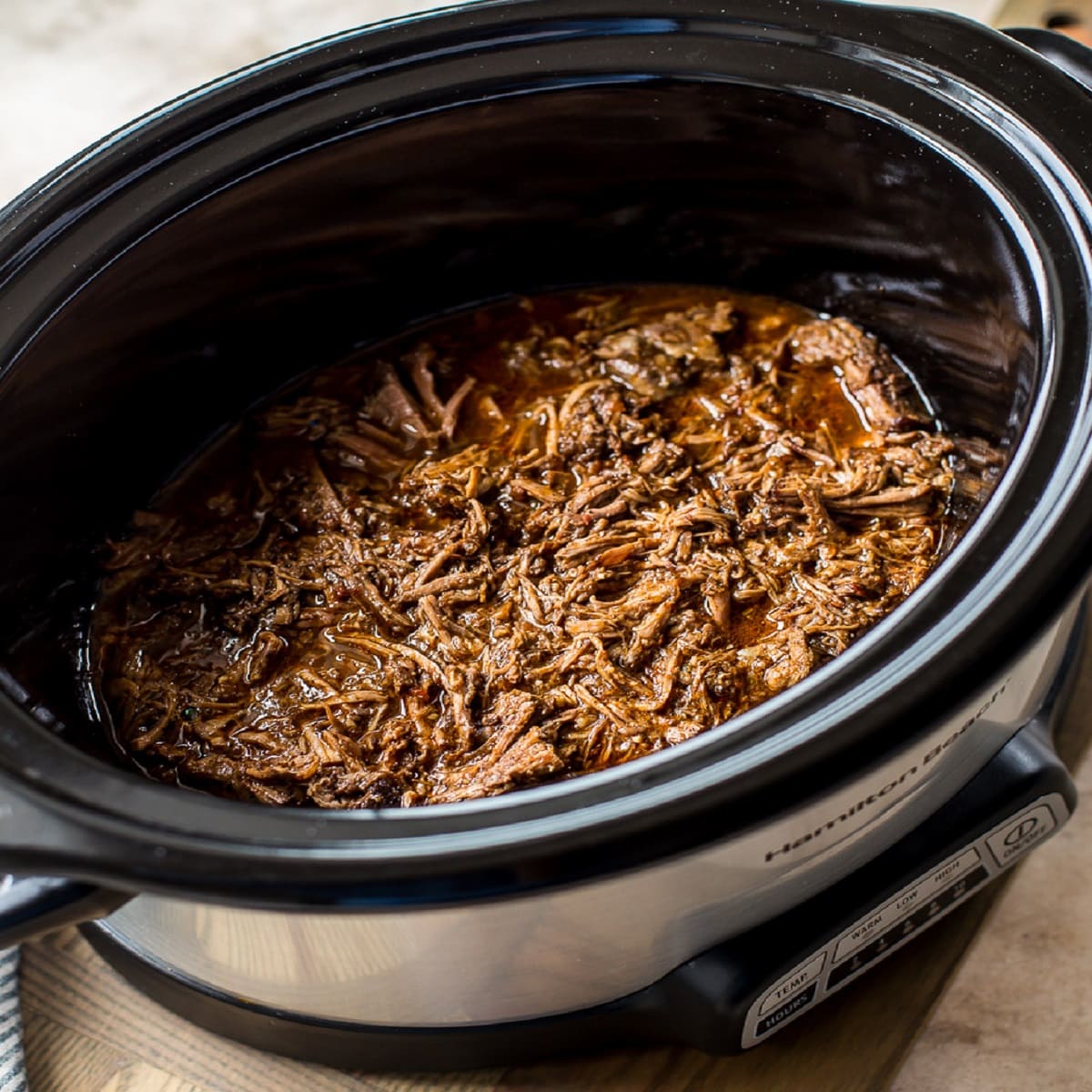
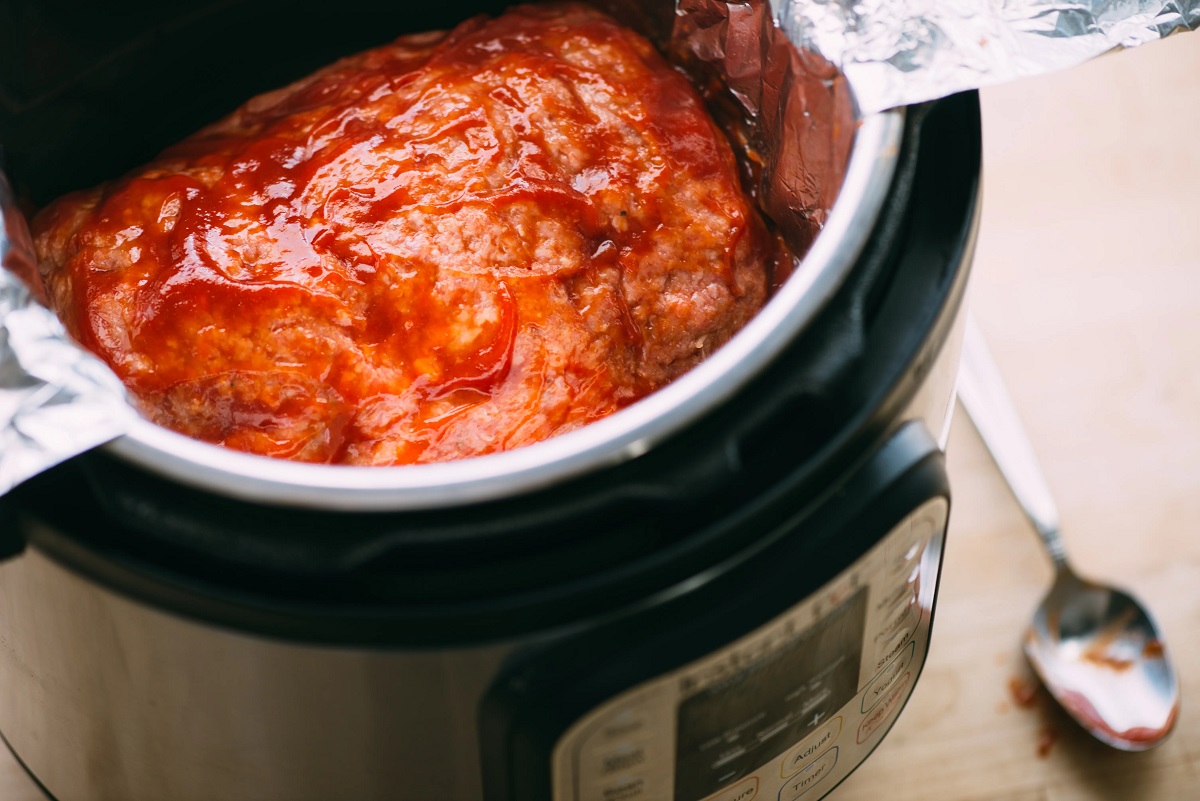
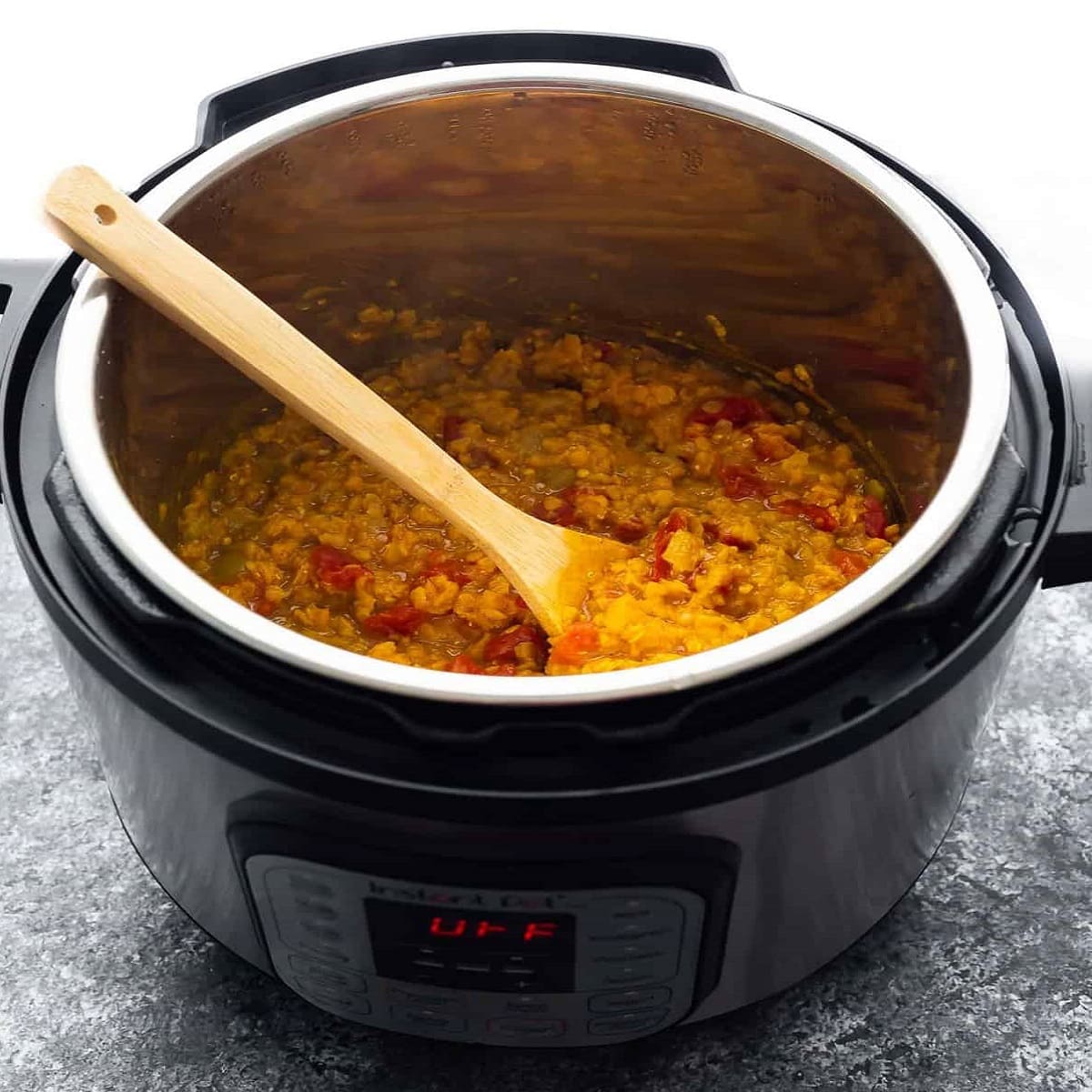
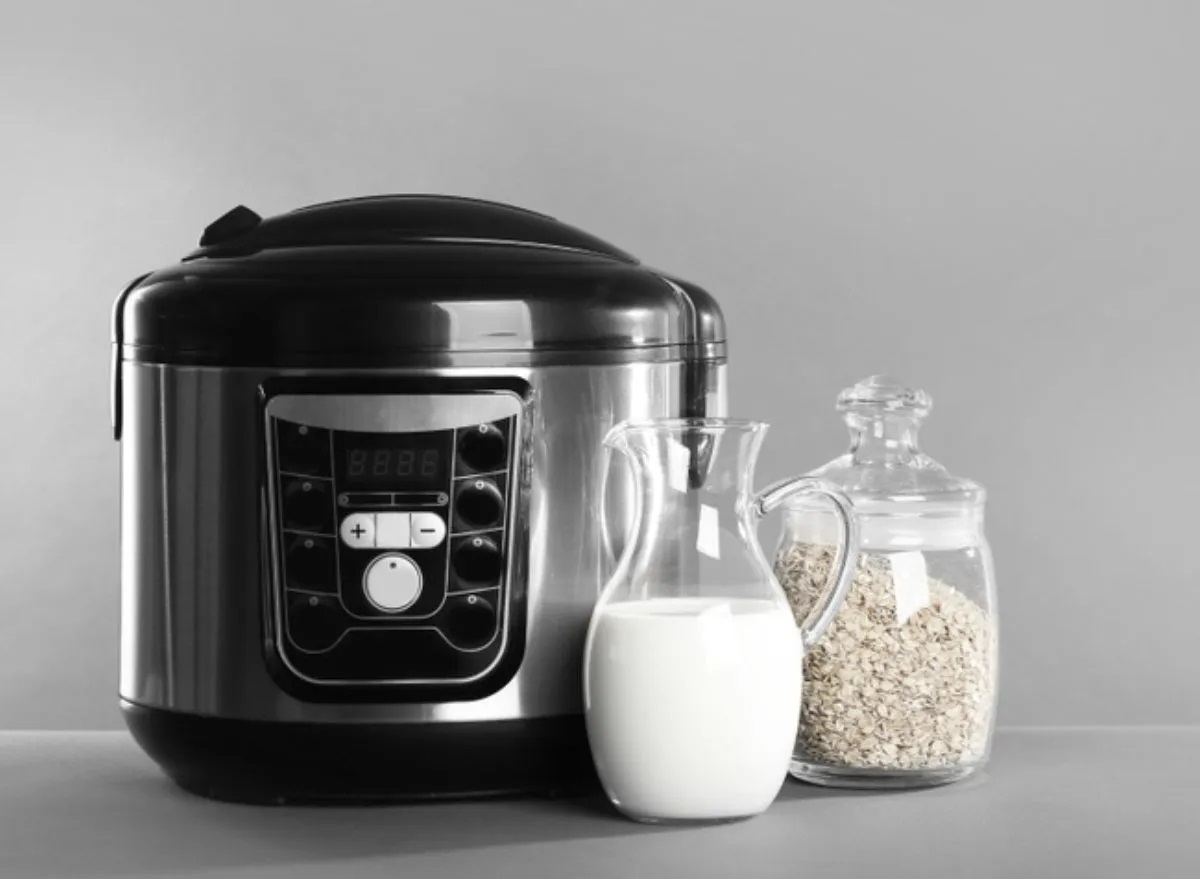
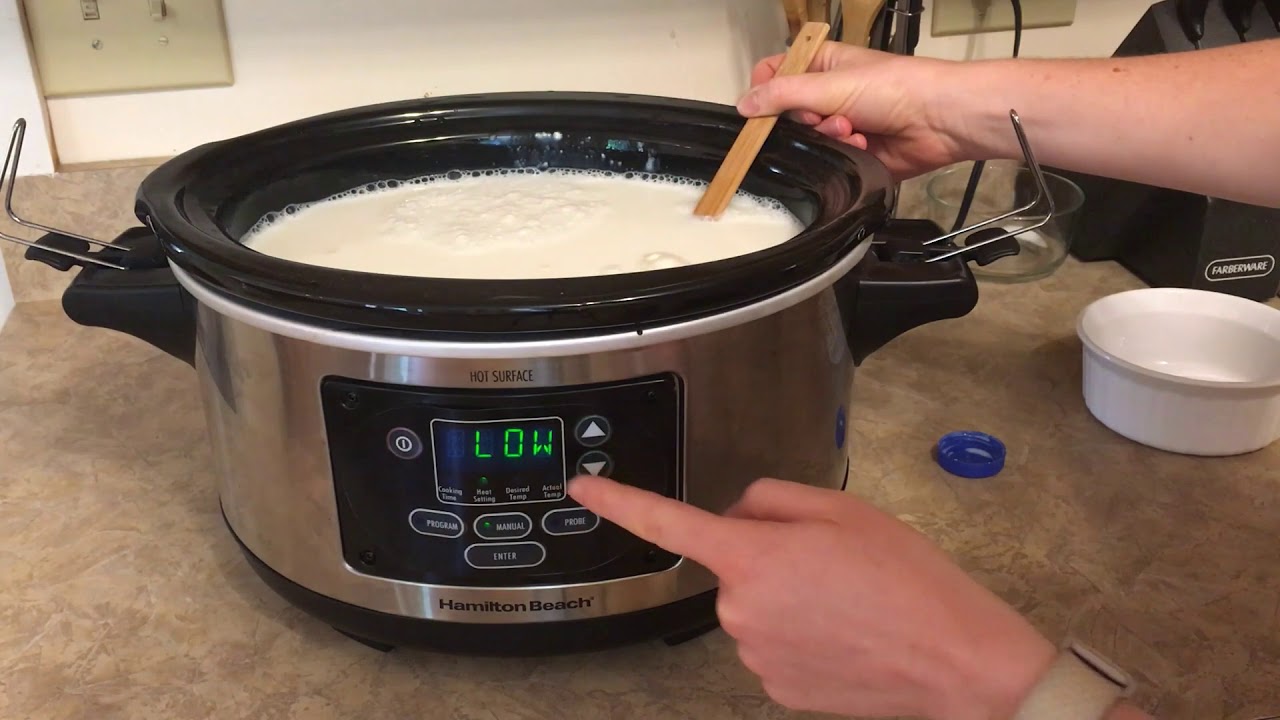
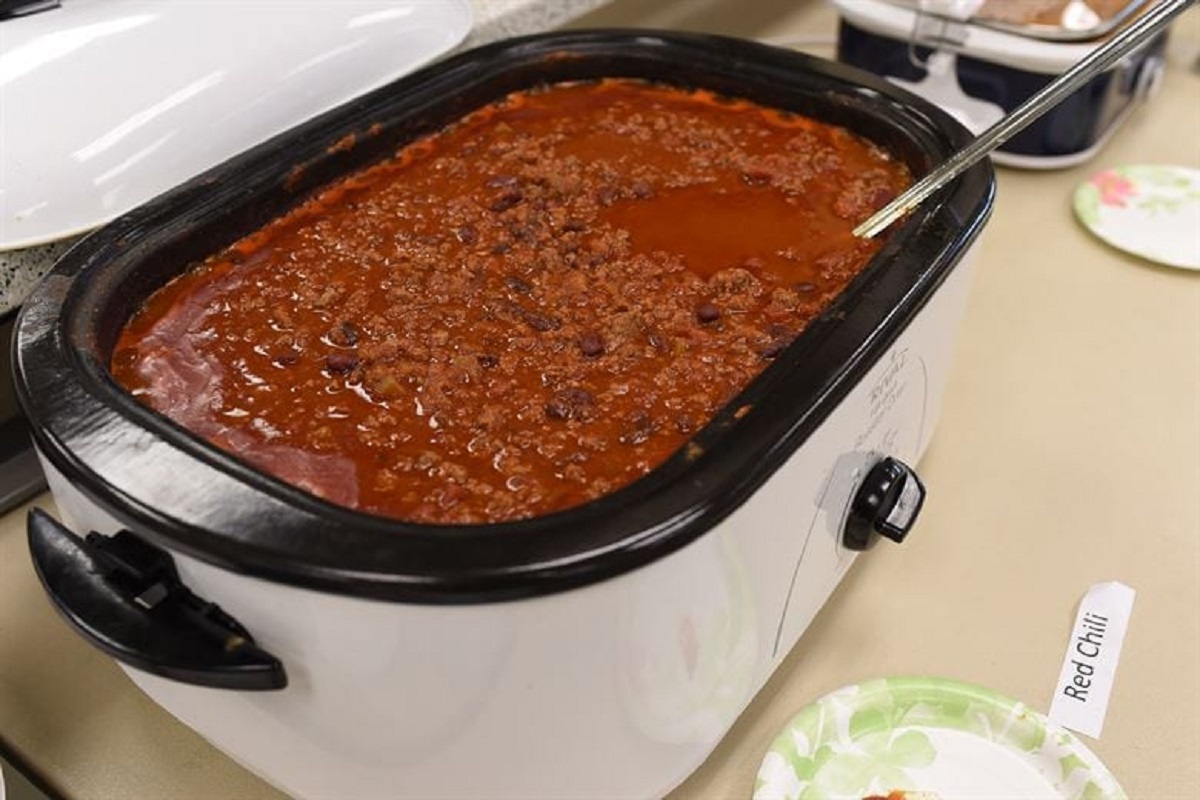
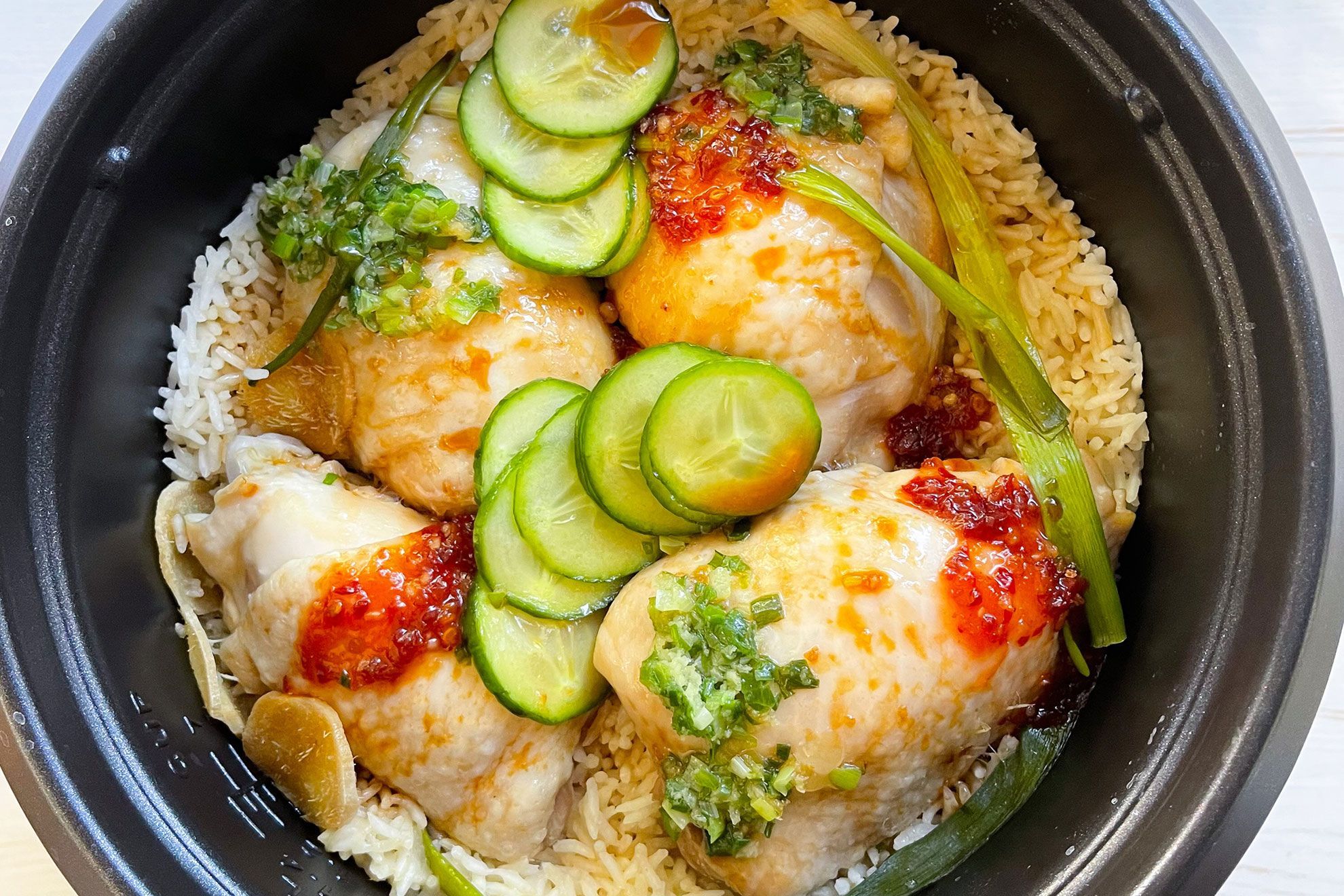
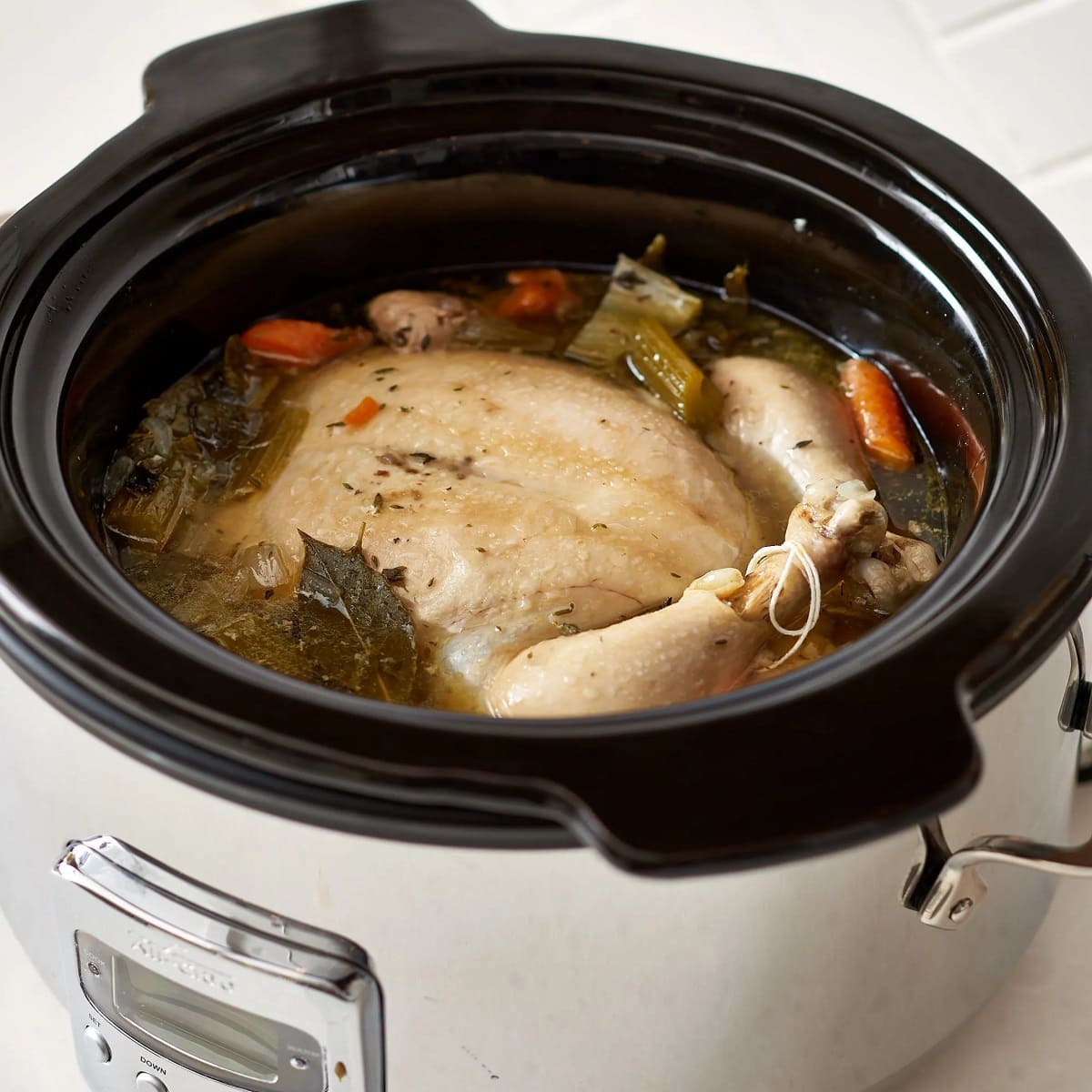
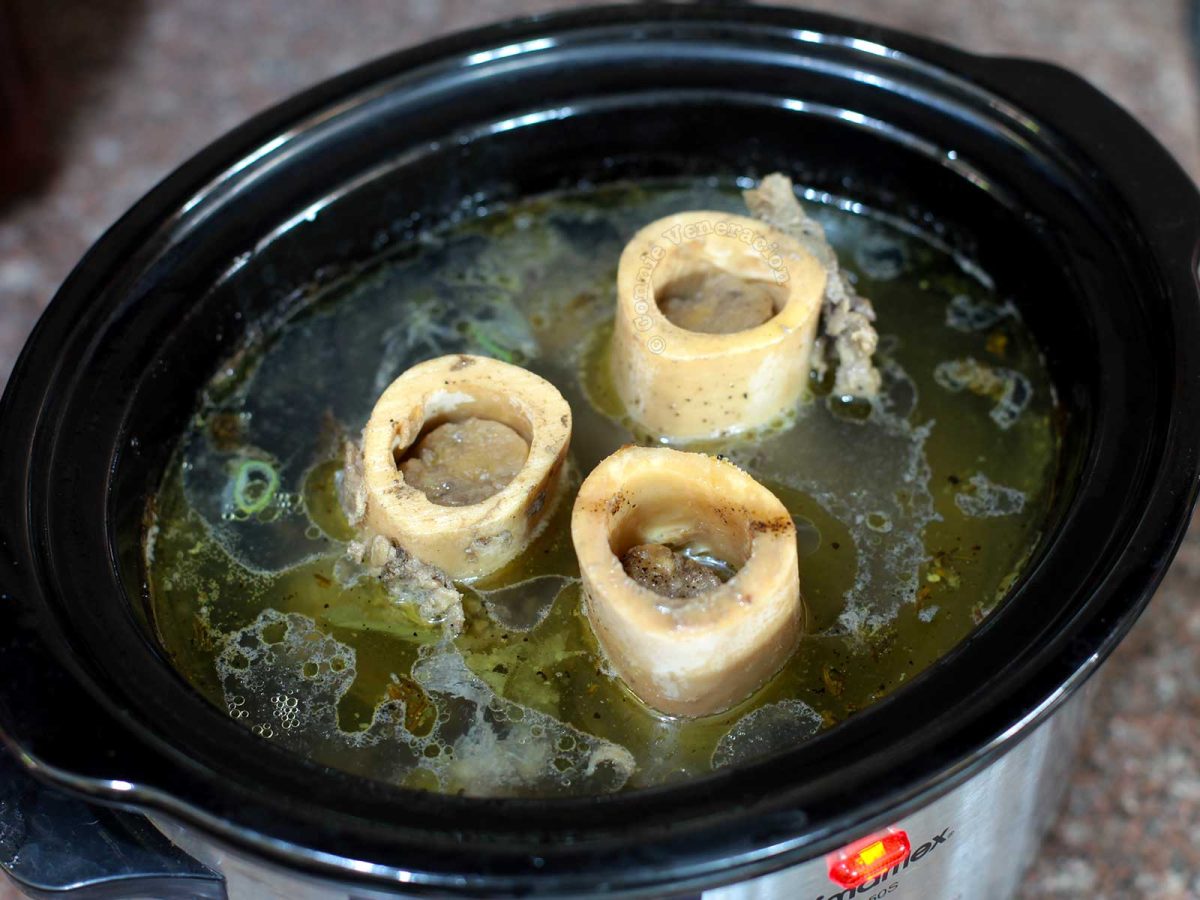
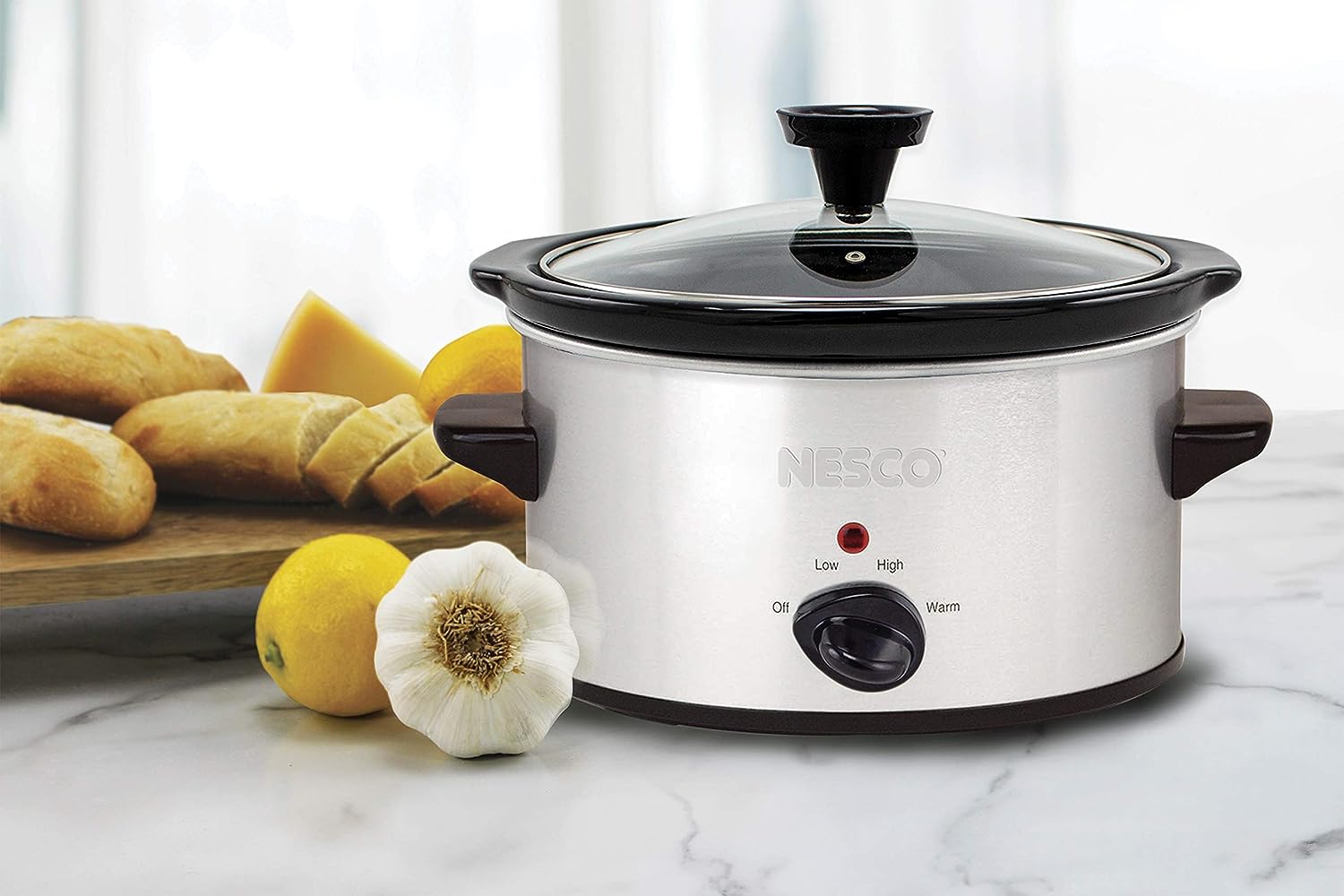
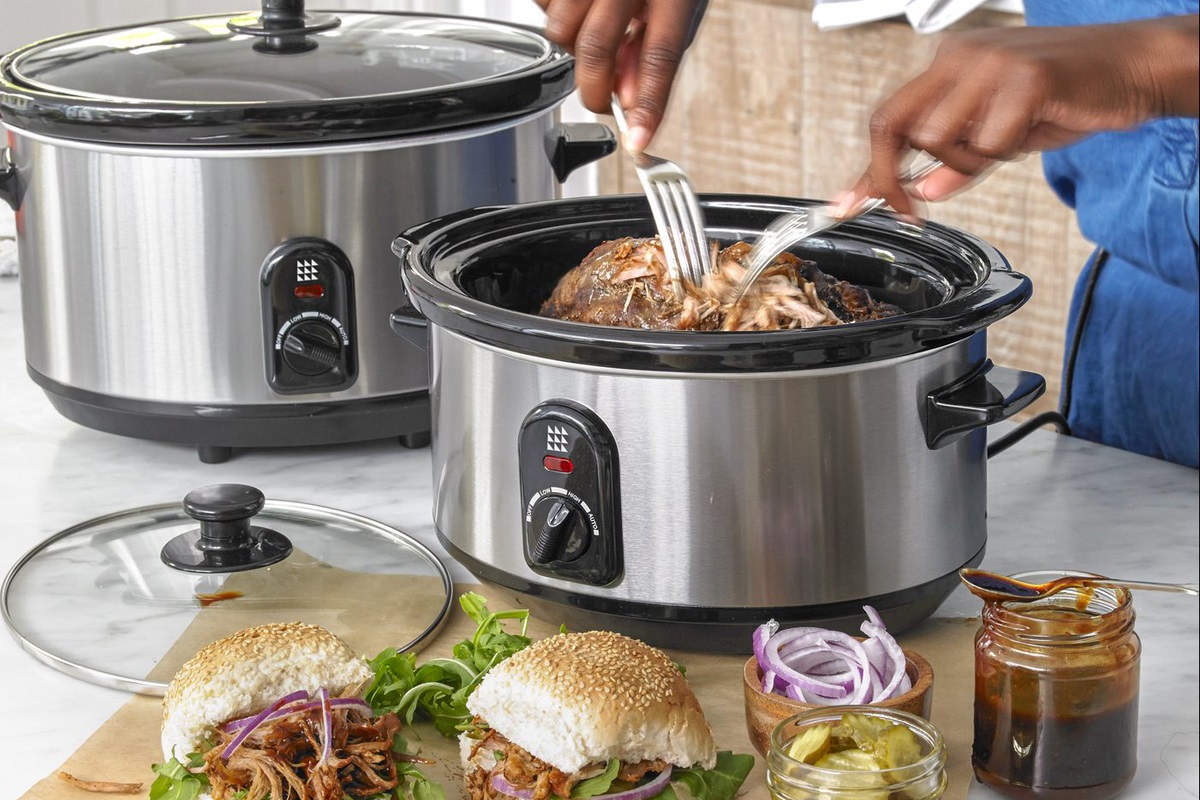
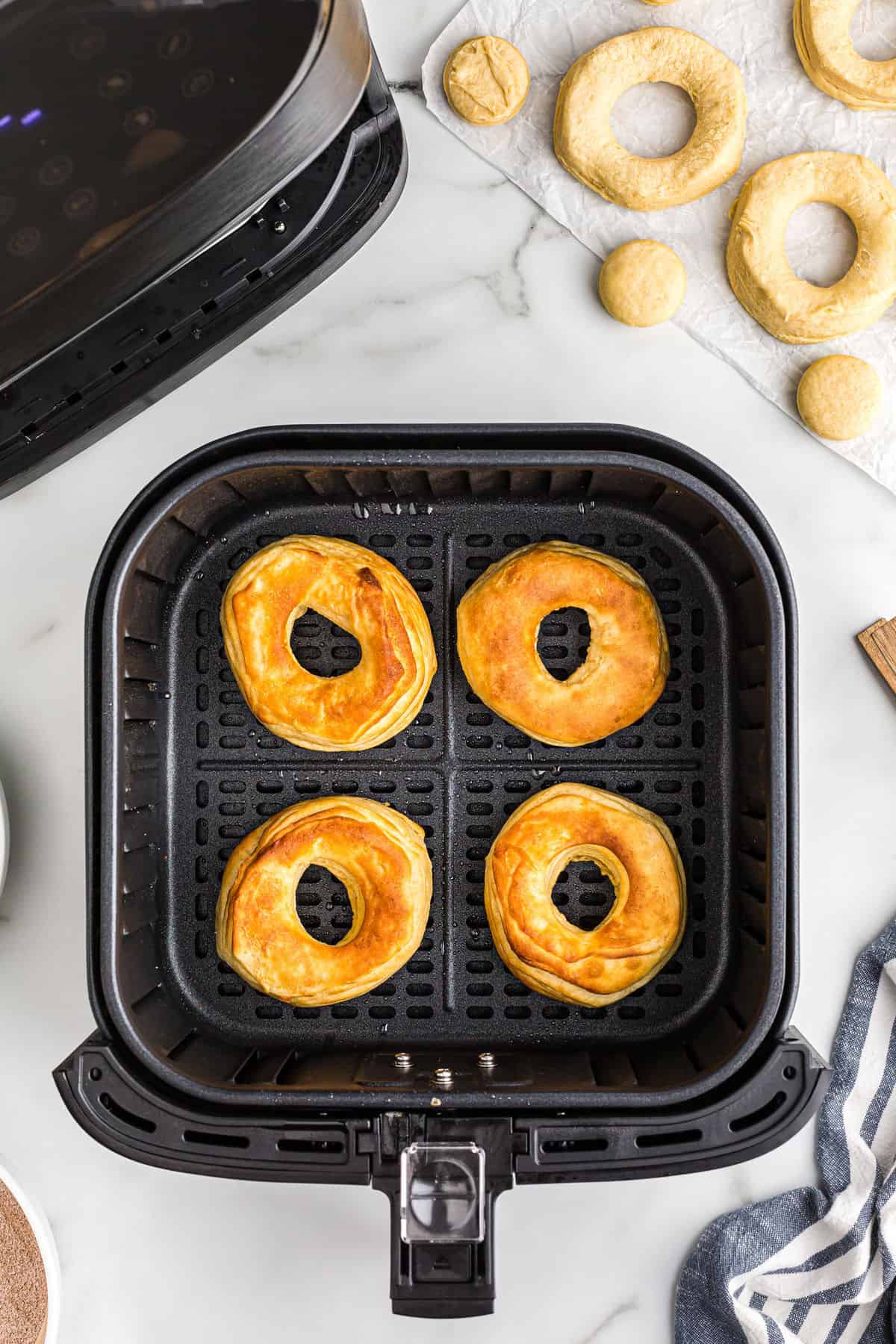
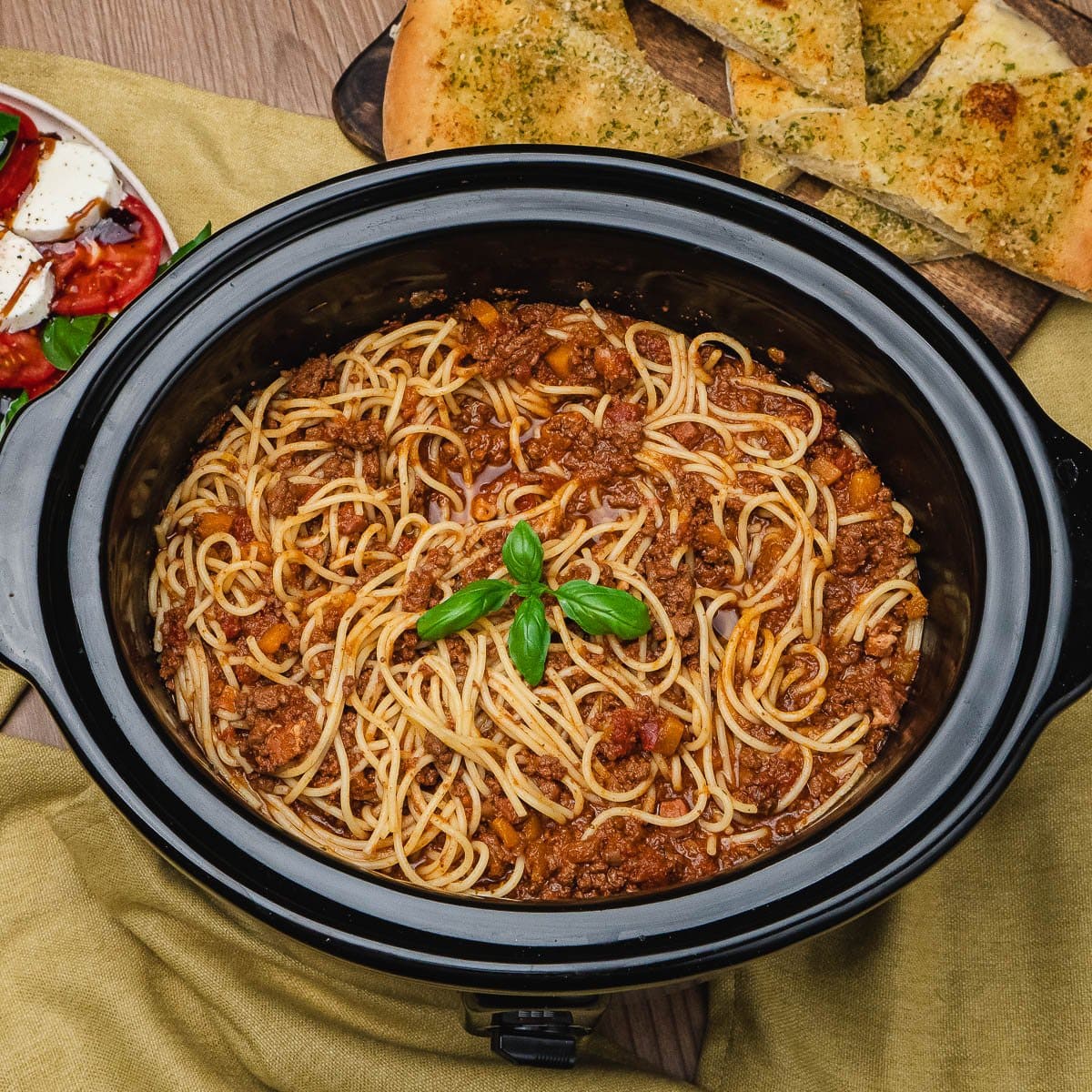

0 thoughts on “How To Make Freezer Meals”